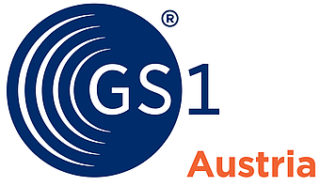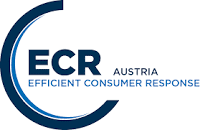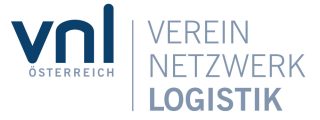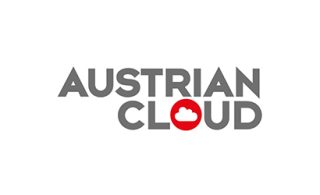On the right track to EDI
Good preparation and close coordination between individual business partners and the EDI service provider are key for successful digitalization projects across several companies.
The right track to EDI… Electronic Data Interchange…
what exactly does it mean? This term is actually straightforward if you keep the following two things in mind: 1.) Paper invoices, e.g. orders and invoices, are replaced by electronic documents. 2.) A standard format is used for data transmission, which allows sender and receiver to process these documents automatically. Ultimately, EDI is the interplay of electronic processes, exchange protocols, and business document standards, the main goal being the following: “To automatically exchange information or business documents between two IT systems without the need for any manual action,” explained Gerd Marlovits, CEO of the EDI service provider EDITEL. The main benefits of EDI are significant savings in time and money as well as sustainable process optimization in many different corporate areas.
Many ways to do it right
One of the many advantages of EDI is that it can be used by companies of any size and in any industry. Many different implementation options exist, depending on individual needs. An inexpensive option for SMEs and start-ups is Web-EDI. This is an online portal that allows users to swiftly and intuitively access orders, process invoices, and transfer them directly to the client. Eventually, if the number of EDI business partners or the transaction volume becomes too high, upgrading to an integrated EDI solution will be the easiest solution as it is also very cost-effective. “Even if just a few partners are involved, oftentimes labor costs for employees who enter data manually into the online portal greatly exceed the costs for switching to an integrated EDI solution,” explained Gerd Marlovits. According to Mr. Marlovits, the best way of finding the ideal solution is “definitely good preparation, because such a decision should also be taken on the corporate level and not merely on a technical level.”
A single data hub with multiple options on the track to EDI
Since specific circumstances and ultimately the options for using the EDI technology vary greatly, EDI providers have to be able to satisfy a wide range of specifications. “Very frequently companies consider existing and tried-and-trusted ERP systems an obstacle even though that is not the case,” said Mr. Marlovits. EDITEL, for instance, solves this issue with an integrated interface to the data hub eXite to allow for EDI functionalities to be used as a cloud service. What’s more: all it takes is one connection to eXite for unlimited EDI use. This means that all business documents, from orders and despatch advice to invoices, can be exchanged with all business partners in real time. Ultimately, financing and liquidity concepts that build on EDI, e.g. supply chain finance, go to show that EDI invoices are not only an IT issue.
What’s next?
Get started right away – all it takes are six steps for a successful connection to EDI!
iStockphoto copyright metamorworks












